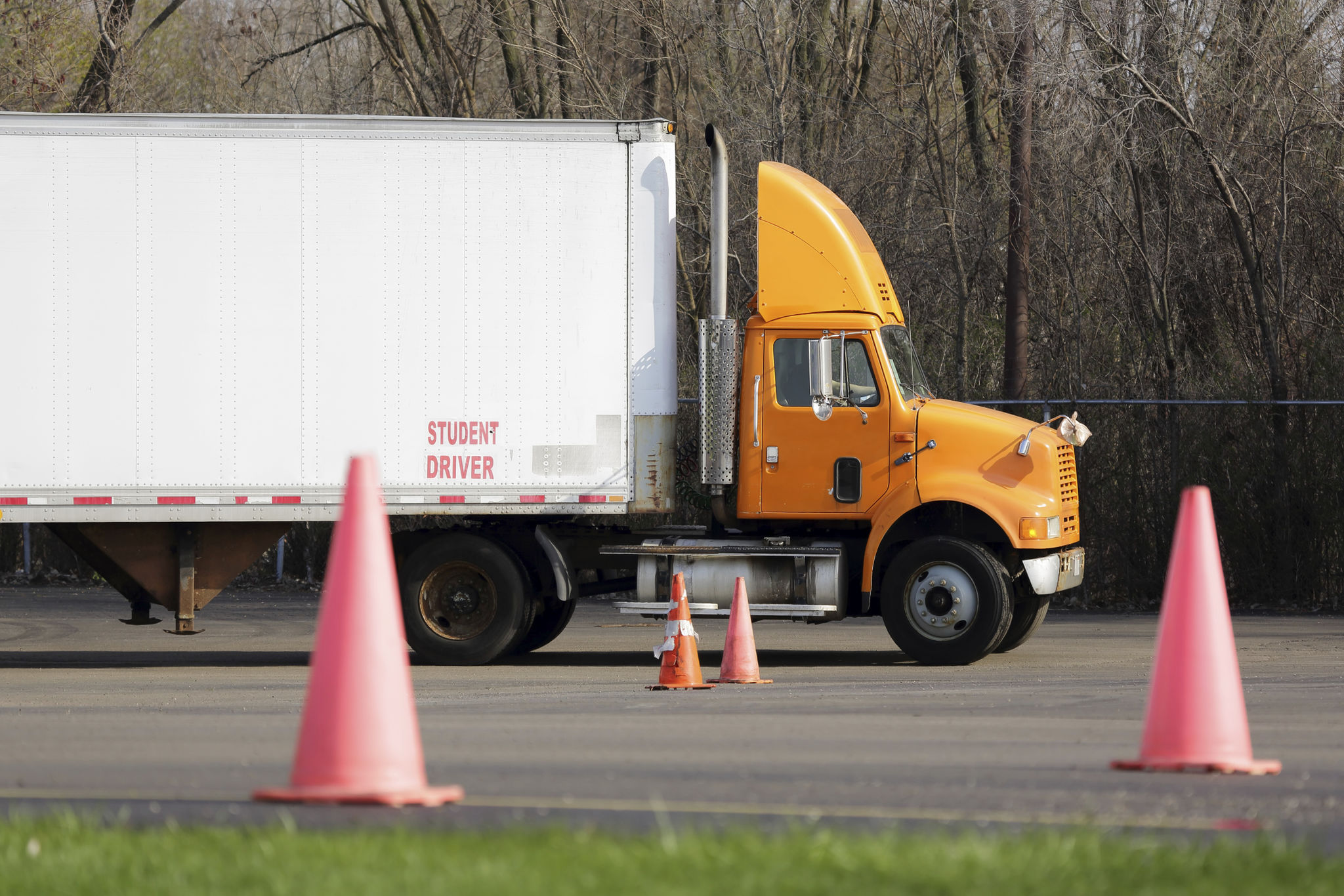Case Study: Improving Safety Standards in a Local Trucking Company
Background
In the competitive world of logistics, maintaining high safety standards is not just a regulatory requirement but a crucial aspect of operational efficiency and employee well-being. This case study explores how a local trucking company successfully improved its safety standards, resulting in reduced incidents and enhanced employee morale.
The company, established in the early 2000s, faced challenges with increasing safety incidents that impacted both operational costs and employee satisfaction. By undertaking a strategic overhaul of their safety protocols, they aimed to create a safer working environment and boost their reputation in the industry.

The Challenges
Initially, the company faced several challenges that hindered its safety performance. These included:
- Outdated safety training programs that failed to engage employees effectively.
- A lack of comprehensive safety audits and follow-ups.
- Insufficient communication channels between management and drivers.
These issues not only led to frequent accidents but also affected the company's bottom line due to increased insurance premiums and repair costs.
Strategic Initiatives
To tackle these challenges, the company implemented a series of strategic initiatives aimed at overhauling their safety culture. Key initiatives included:
- Revamping Training Programs: The company introduced interactive and engaging training modules that focused on real-world scenarios drivers could encounter. This made the training more relatable and effective.
- Enhanced Safety Audits: Regular and comprehensive audits were scheduled to identify potential hazards and implement corrective measures promptly.
- Improved Communication: A direct communication line between drivers and management was established to report safety concerns swiftly.

Technology Integration
Another significant step was integrating technology into daily operations. The company invested in advanced telematics systems that provided real-time data on vehicle performance and driver behavior. This data-driven approach allowed for:
- Monitoring driver speed and harsh braking incidents.
- Identifying routes with higher accident rates.
- Providing feedback to drivers to encourage safer driving practices.
Results and Impact
The efforts to enhance safety standards yielded impressive results. Within the first year of implementing these changes, the company witnessed a 30% reduction in accident rates. This decrease not only improved staff morale but also resulted in financial savings from lower insurance costs and reduced vehicle downtime.

The improved safety record also enhanced the company’s reputation in the industry, leading to increased business opportunities as clients sought partnerships with reliable and safety-conscious logistics providers.
Conclusion
This case study demonstrates that by prioritizing safety through strategic planning and technology integration, trucking companies can significantly improve their operational efficiency and employee satisfaction. The lessons learned from this local company can serve as a benchmark for others in the industry aiming to achieve similar success.